Home>Gardening & Outdoor>Landscaping Ideas>How To Kill Dandelions But Not Grass
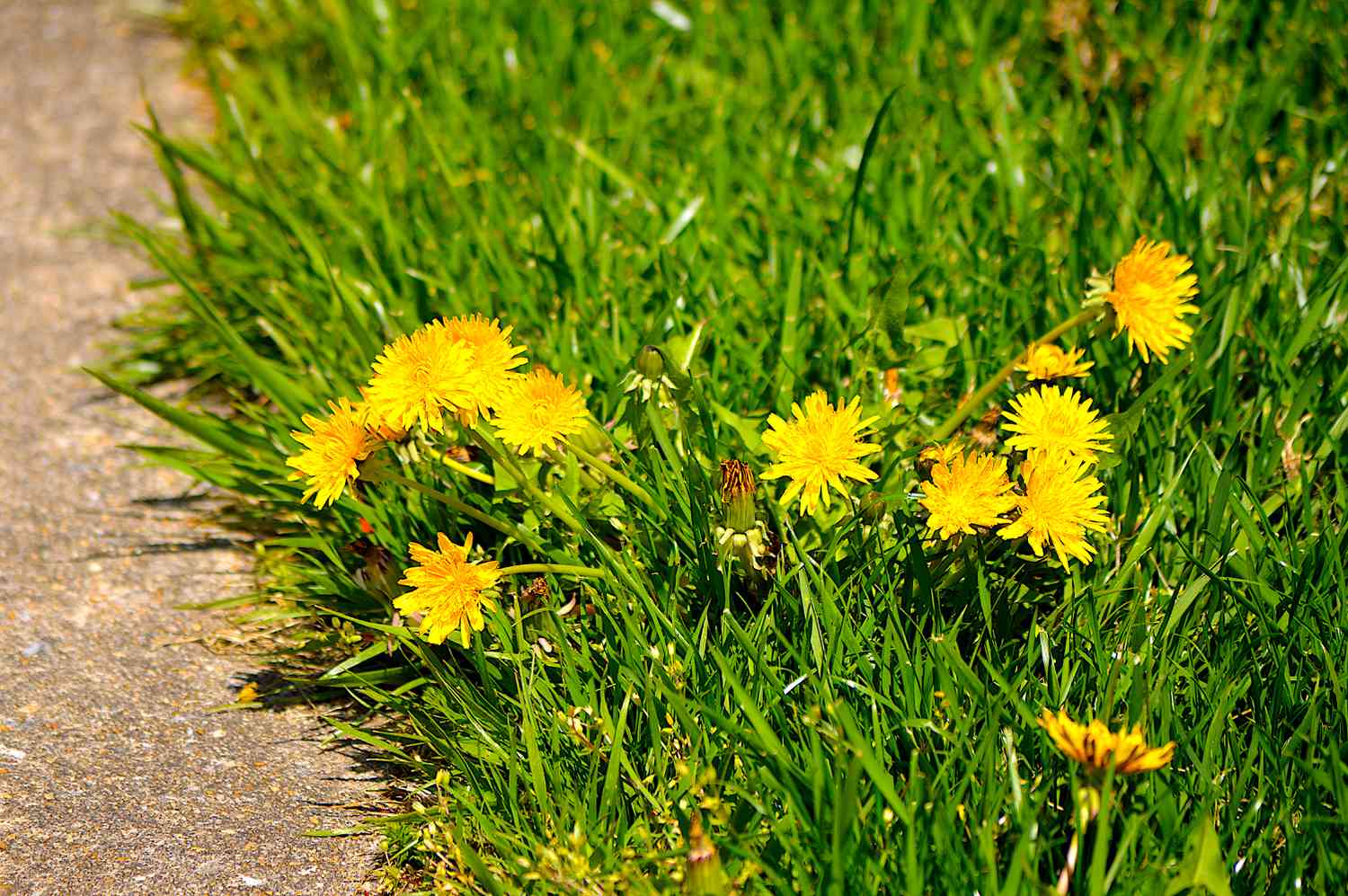

Landscaping Ideas
How To Kill Dandelions But Not Grass
Modified: March 9, 2024
Learn effective landscaping ideas to eliminate dandelions without harming your grass. Discover expert tips for a lush, weed-free lawn.
(Many of the links in this article redirect to a specific reviewed product. Your purchase of these products through affiliate links helps to generate commission for Storables.com, at no extra cost. Learn more)
Introduction
In the realm of landscaping, maintaining a lush, vibrant lawn is a top priority for homeowners and garden enthusiasts alike. However, the presence of pesky dandelions can quickly turn this dream into a frustrating reality. These resilient weeds, characterized by their bright yellow blooms and distinctive puffy seed heads, have a knack for infiltrating lawns and spreading with remarkable speed. While dandelions are often deemed unsightly, their deep taproots and prolific seed production make them a formidable foe in the battle for a flawless lawn.
The challenge lies in eradicating dandelions without causing harm to the surrounding grass and plants. Fortunately, there are several effective methods and products available to combat these unwelcome intruders. From selective herbicides designed to target dandelions while sparing the grass to natural remedies and preventive measures, homeowners have a range of options at their disposal. By understanding the nature of dandelions and employing the right tactics, it is possible to reclaim a pristine lawn and keep dandelions at bay.
In this comprehensive guide, we will delve into the world of dandelion control, exploring the best strategies for eliminating these persistent weeds while safeguarding the health and beauty of your lawn. Whether you prefer a chemical-free approach or are open to using selective herbicides, this article will equip you with the knowledge and tools needed to tackle dandelions effectively. Let's embark on this journey to discover the most efficient and environmentally friendly ways to bid farewell to dandelions and restore the splendor of your lawn.
Key Takeaways:
- Say goodbye to dandelions without harming your grass! Learn how to use selective herbicides and natural remedies to effectively eliminate these pesky weeds while keeping your lawn healthy and vibrant.
- Prevent dandelion invasions by maintaining a dense turf, proper mowing, and balanced fertilization. With proactive measures and sound lawn care, you can create a beautiful, dandelion-free landscape.
Read more: What Will Kill Dandelions But Not The Grass
Understanding Dandelions
Before diving into the methods for eradicating dandelions, it’s essential to grasp the key characteristics and growth habits of these resilient weeds. Dandelions, scientifically known as Taraxacum officinale, are perennial plants that belong to the Asteraceae family. They are renowned for their bright yellow flowers, which mature into distinctive spherical seed heads known as “blowballs” or “clocks.” These seeds are equipped with feathery bristles that facilitate their dispersal by the wind, contributing to the widespread proliferation of dandelions.
One of the most remarkable features of dandelions is their deep taproots, which can extend several inches into the soil. This taproot enables the plant to draw moisture and nutrients from deep within the ground, endowing it with exceptional resilience and the ability to thrive in various soil conditions. Furthermore, dandelions are prolific seed producers, with a single plant capable of generating hundreds of seeds that can remain viable in the soil for several years.
As opportunistic plants, dandelions can quickly colonize bare patches of soil, making lawns particularly susceptible to infestation. Their ability to outcompete grass for resources and space further exacerbates the challenge of controlling their spread. Additionally, dandelions are adept at regenerating from even small fragments of their taproot, making traditional methods of removal, such as pulling or digging, less effective.
Understanding the tenacious nature of dandelions is crucial in devising a successful eradication strategy. Their deep taproots, prolific seed production, and efficient dispersal mechanisms make them formidable adversaries in the quest for a pristine lawn. By gaining insight into the biology and behavior of dandelions, homeowners can better equip themselves to implement targeted and effective control measures, ultimately reclaiming their lawns from the clutches of these persistent weeds.
Methods for Killing Dandelions
When confronted with a dandelion invasion, homeowners have an array of methods at their disposal to combat these resilient weeds. From chemical treatments to natural remedies and preventive measures, the battle against dandelions encompasses a multifaceted approach. Here, we explore the most effective methods for eliminating dandelions while safeguarding the health of your lawn.
Mechanical Removal: While labor-intensive, manually uprooting dandelions can be an effective way to control their spread, especially when dealing with a limited infestation. It is crucial to remove the entire taproot to prevent regrowth. Tools such as dandelion diggers or long-handled weed pullers can aid in the thorough extraction of dandelions.
Herbicidal Treatments: Selective herbicides formulated specifically for broadleaf weed control offer an efficient means of targeting dandelions while minimizing harm to the surrounding grass. These herbicides contain active ingredients that selectively target broadleaf weeds like dandelions while sparing grass species. It is essential to follow the manufacturer’s instructions carefully and apply the herbicide when dandelions are actively growing for optimal effectiveness.
Spot Treatments: For isolated dandelion infestations, spot treatments with herbicidal products can be a precise and economical approach. By directly applying the herbicide to individual dandelions, homeowners can effectively control the spread of these weeds without treating the entire lawn.
Organic Herbicides: For those seeking environmentally friendly alternatives, organic herbicidal products derived from natural ingredients such as acetic acid (vinegar) or clove oil provide non-toxic options for dandelion control. While these products may require repeated applications and are best suited for young, actively growing dandelions, they offer a safer choice for households with children and pets.
Boiling Water: A simple yet effective natural remedy involves pouring boiling water directly onto the dandelion plants. The intense heat destroys the plant’s cells, effectively killing it. This method is best suited for targeting individual dandelions in areas where other plants are not at risk of scalding.
By employing a combination of these methods, homeowners can effectively combat dandelions and prevent their proliferation, ultimately restoring the beauty and vitality of their lawns. Understanding the advantages and limitations of each approach is key to devising a comprehensive dandelion control strategy tailored to the specific needs of your lawn.
Selective Herbicides for Dandelions
When faced with a dandelion infestation in a lawn, the selective use of herbicides designed to target broadleaf weeds while preserving grass species can be a highly effective approach. Selective herbicides contain active ingredients that specifically target dicotyledonous plants, including dandelions, while minimizing harm to monocotyledonous grasses. These products offer a targeted and efficient means of eradicating dandelions without compromising the overall health and aesthetics of the lawn.
Active Ingredients: Selective herbicides for dandelions often contain active ingredients such as 2,4-D, MCPP, and dicamba, which are known for their efficacy against broadleaf weeds. These herbicidal compounds disrupt the growth and development of dicotyledonous plants while exhibiting lower toxicity to grass species, making them suitable for lawn applications.
Application Timing: Timing is crucial when applying selective herbicides for dandelions. It is recommended to treat dandelions during their active growth phase, typically in the spring or fall when the plants are actively absorbing nutrients and developing new foliage. Applying the herbicide during this period enhances its uptake and translocation within the dandelion, maximizing its effectiveness.
Application Methods: Selective herbicides for dandelions are available in various formulations, including liquid concentrates, granules, and ready-to-use sprays. Liquid concentrates are typically diluted with water and applied using a sprayer, allowing for precise coverage and targeted treatment of dandelion-infested areas. Granular formulations are suitable for broadcast applications and can be distributed evenly across the lawn using a spreader.
Post-Emergent Control: Selective herbicides primarily function as post-emergent control measures, targeting actively growing dandelion plants. When applied correctly, these herbicides are absorbed by the foliage and transported to the plant’s roots, effectively disrupting its growth and leading to eventual decline and eradication. Regular monitoring and follow-up applications may be necessary to address any surviving or newly emerging dandelions.
Environmental Considerations: While selective herbicides offer targeted control of dandelions, it is essential to exercise caution during application to minimize potential environmental impact. Avoiding overspray onto non-target vegetation, following recommended application rates, and adhering to local regulations regarding herbicide use are critical steps in promoting responsible and effective dandelion control.
By leveraging the selective efficacy of herbicidal products designed for dandelions, homeowners can effectively manage and eliminate these persistent weeds while nurturing a healthy and visually appealing lawn. Understanding the principles of selective herbicide application and choosing the appropriate products tailored to the specific needs of the lawn are key factors in achieving successful dandelion control.
To kill dandelions without harming grass, use a targeted herbicide that is labeled as safe for grass. Spot treat the dandelions and avoid spraying the herbicide over the entire lawn. Always follow the instructions on the herbicide label for best results.
Natural Remedies for Dandelion Control
For individuals seeking environmentally friendly and chemical-free approaches to dandelion control, a range of natural remedies and techniques offer effective alternatives to traditional herbicidal treatments. These natural methods harness the power of organic ingredients and sustainable practices to combat dandelions while promoting the health and balance of the lawn ecosystem.
Manual Removal: Hand weeding remains a fundamental and environmentally conscious method for controlling dandelions. By using a dandelion digger or similar tool to carefully extract the entire taproot, homeowners can effectively eliminate individual dandelion plants without the use of chemical herbicides. Regular monitoring and prompt removal of dandelions can help prevent their spread and establishment in the lawn.
Vinegar-Based Herbicides: Acetic acid, a key component of vinegar, has been recognized for its herbicidal properties and is commonly used in organic weed control products. Applying a solution of horticultural vinegar (20% acetic acid concentration) to dandelion foliage can result in desiccation and eventual death of the plant. It is important to exercise caution when using vinegar-based herbicides to avoid unintended harm to desirable plants, as the high acidity can affect a broad range of vegetation.
Clove Oil-Based Sprays: Clove oil, derived from the clove plant, possesses natural herbicidal properties and can be utilized as a non-toxic alternative for dandelion control. Spraying a solution of clove oil and water directly onto dandelion foliage can disrupt the plant’s cellular functions, leading to its demise. While clove oil-based sprays offer a safer option for households with children and pets, multiple applications may be required for effective control.
Boiling Water Treatment: A simple yet potent natural remedy involves pouring boiling water directly onto dandelion plants, effectively scalding and destroying their foliage. This method is particularly suitable for targeting individual dandelions in areas where other plants are not at risk of damage. It is important to exercise caution when handling boiling water to prevent accidental burns.
Enhancing Lawn Health: Promoting the overall vigor and resilience of the lawn through proper maintenance practices, including regular mowing, adequate watering, and balanced fertilization, can help minimize the establishment and proliferation of dandelions. A healthy, dense turf can outcompete weeds and create an inhospitable environment for dandelion colonization.
By integrating these natural remedies into a comprehensive dandelion control strategy, homeowners can effectively manage weed populations while fostering a sustainable and eco-friendly lawn environment. Understanding the principles of natural weed control and implementing these strategies in conjunction with sound lawn management practices can lead to a harmonious and flourishing landscape, free from the encroachment of dandelions.
Read more: What To Use To Kill Dandelions In Grass
Preventing Dandelion Infestations
Prevention plays a pivotal role in minimizing dandelion infestations and maintaining a healthy, vibrant lawn. By implementing proactive measures and adopting sound lawn care practices, homeowners can create an environment that is less conducive to dandelion colonization and proliferation. Here are key strategies for preventing dandelion infestations and promoting the long-term health of the lawn:
Maintain Optimal Turf Density: A dense and vigorous turf acts as a natural deterrent to weed encroachment, including dandelions. Regular overseeding, particularly with grass species that are well-adapted to the local climate and soil conditions, can help fill in bare patches and compete with opportunistic weeds, reducing the likelihood of dandelion establishment.
Proper Mowing Practices: Maintaining the correct mowing height for the specific grass species in the lawn is essential for fostering a dense turf and inhibiting dandelion growth. By adhering to the recommended mowing height and frequency, homeowners can encourage the development of healthy grass plants while suppressing weed germination and establishment.
Optimal Irrigation: Consistent and deep watering practices promote the resilience of grass plants while creating less favorable conditions for dandelion growth. Watering deeply and infrequently encourages the development of deep root systems in grass, enhancing its ability to outcompete weeds. Additionally, targeted watering can help prevent the formation of bare patches that are susceptible to dandelion colonization.
Balanced Fertilization: Providing the lawn with balanced and timely fertilization supports the growth and vigor of grass plants, enabling them to effectively compete with dandelions and other weeds. By supplying essential nutrients in accordance with soil test recommendations, homeowners can foster a robust turf that is better equipped to resist weed encroachment.
Weed-Free Seed and Soil: When overseeding or establishing new lawn areas, it is crucial to utilize high-quality, weed-free grass seed and soil amendments. Contaminated seed or soil can introduce dandelion seeds and other weed propagules, potentially leading to future infestations. Selecting certified weed-free products can help minimize the risk of weed introduction.
Regular Lawn Inspections: Conducting routine inspections of the lawn to identify and address early signs of dandelion infestation is vital for proactive weed management. Promptly removing any emerging dandelion plants and addressing underlying issues, such as soil compaction or inadequate turf density, can help prevent the escalation of weed problems.
By integrating these preventive measures into a comprehensive lawn care regimen, homeowners can create an environment that is less hospitable to dandelions and other invasive weeds. Proactive weed management, coupled with a focus on promoting the overall health and resilience of the lawn, can significantly reduce the likelihood of dandelion infestations, contributing to the long-term beauty and vitality of the landscape.
Conclusion
Controlling dandelions while preserving the health and beauty of your lawn is a multifaceted endeavor that requires a combination of targeted strategies, sound lawn care practices, and a deep understanding of dandelion biology. By delving into the world of dandelion control, homeowners can equip themselves with the knowledge and tools needed to effectively manage and prevent dandelion infestations, ultimately reclaiming their lawns from the clutches of these persistent weeds.
Understanding the tenacious nature of dandelions, characterized by their deep taproots, prolific seed production, and efficient dispersal mechanisms, is crucial in devising a successful eradication strategy. Whether opting for selective herbicides designed to target dandelions while sparing grass, harnessing natural remedies for eco-friendly control, or implementing preventive measures to minimize dandelion infestations, homeowners have a range of options at their disposal.
It is essential to recognize that a harmonious and resilient lawn is the result of proactive maintenance and a holistic approach to lawn care. By promoting optimal turf density, adhering to proper mowing and irrigation practices, and fostering a healthy lawn ecosystem, homeowners can create an environment that is less conducive to dandelion colonization and proliferation.
Ultimately, the battle against dandelions is a journey that requires patience, diligence, and a commitment to sustainable lawn management. By integrating targeted control methods, natural remedies, and preventive strategies, homeowners can effectively combat dandelions while nurturing a thriving and visually captivating lawn.
As you embark on the quest to eliminate dandelions and restore the splendor of your lawn, remember that a landscape teeming with vitality and free from the encroachment of persistent weeds is within reach. With the right knowledge and approach, you can transform your lawn into an oasis of greenery and beauty, where dandelions are but a distant memory.
Frequently Asked Questions about How To Kill Dandelions But Not Grass
Was this page helpful?
At Storables.com, we guarantee accurate and reliable information. Our content, validated by Expert Board Contributors, is crafted following stringent Editorial Policies. We're committed to providing you with well-researched, expert-backed insights for all your informational needs.
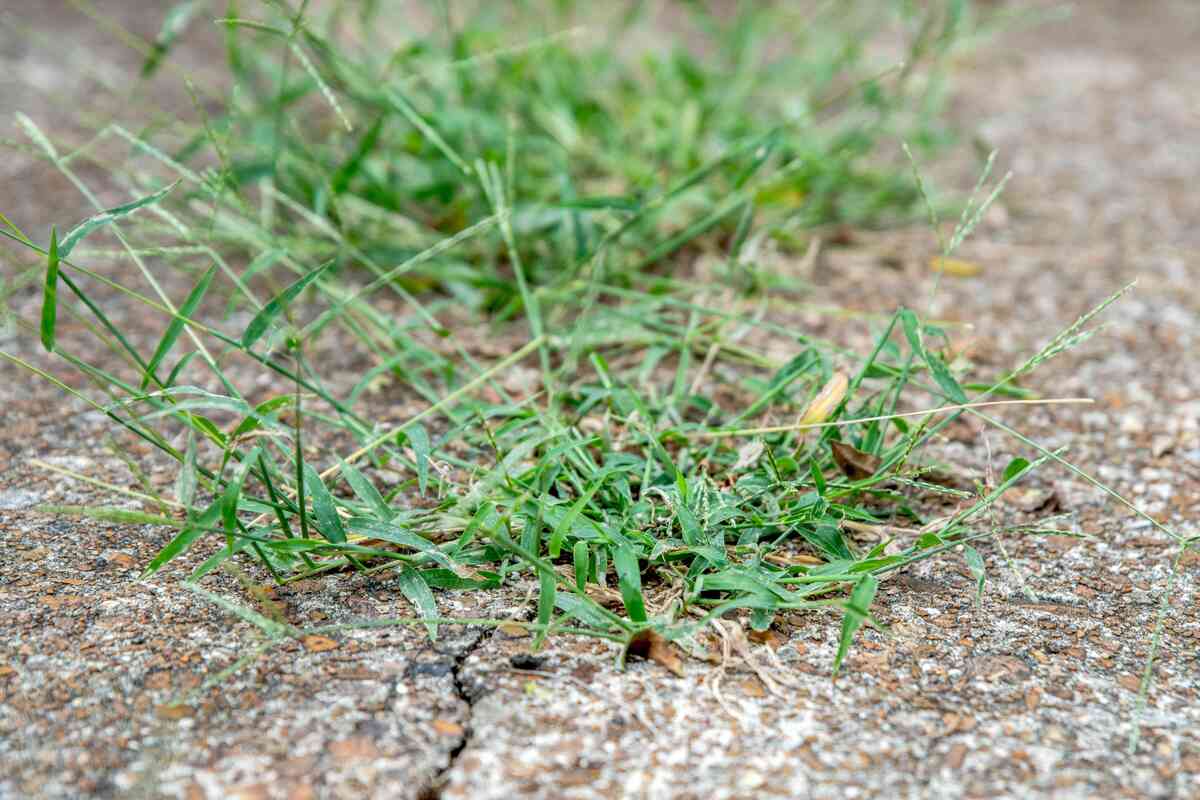
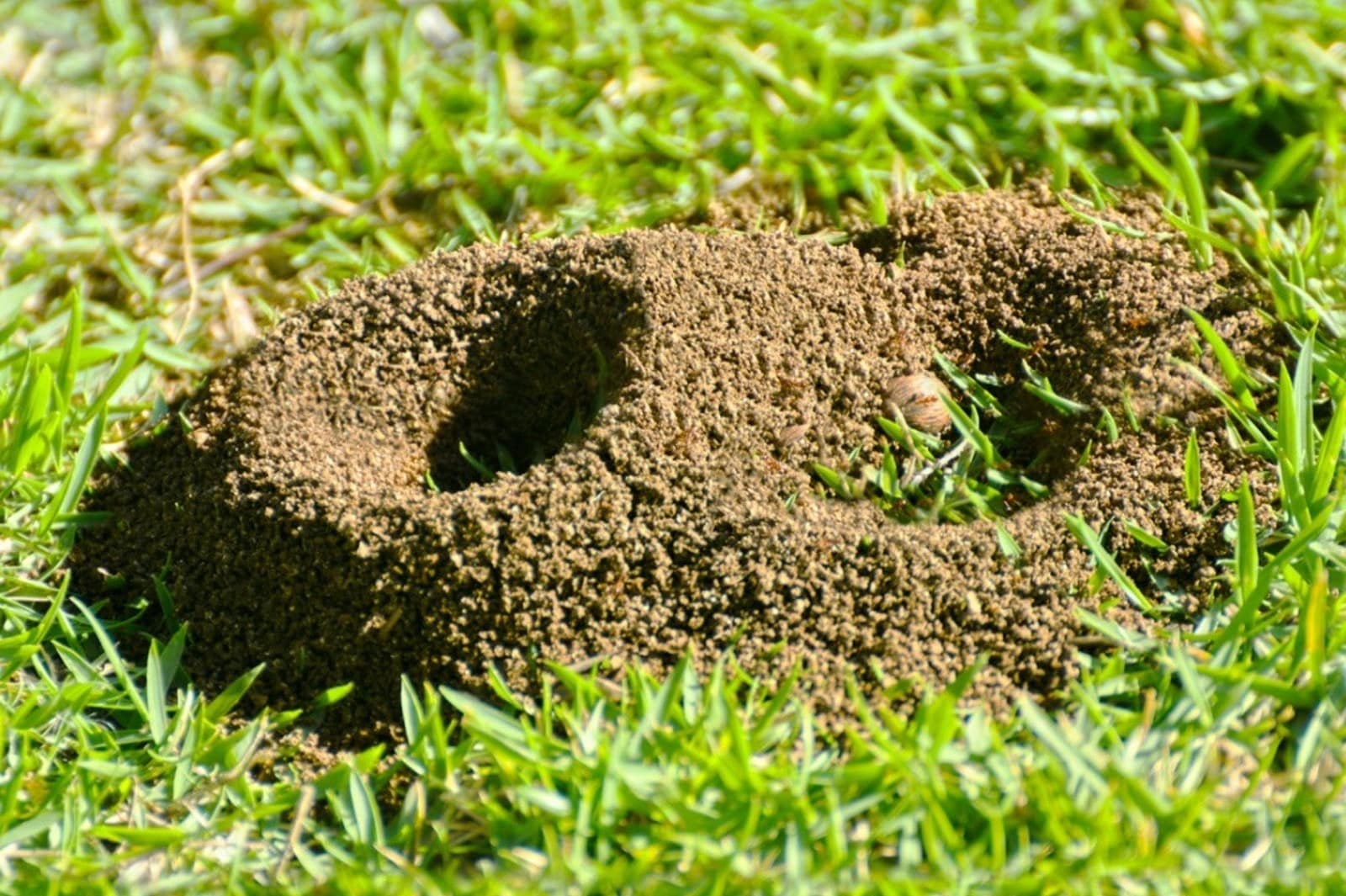
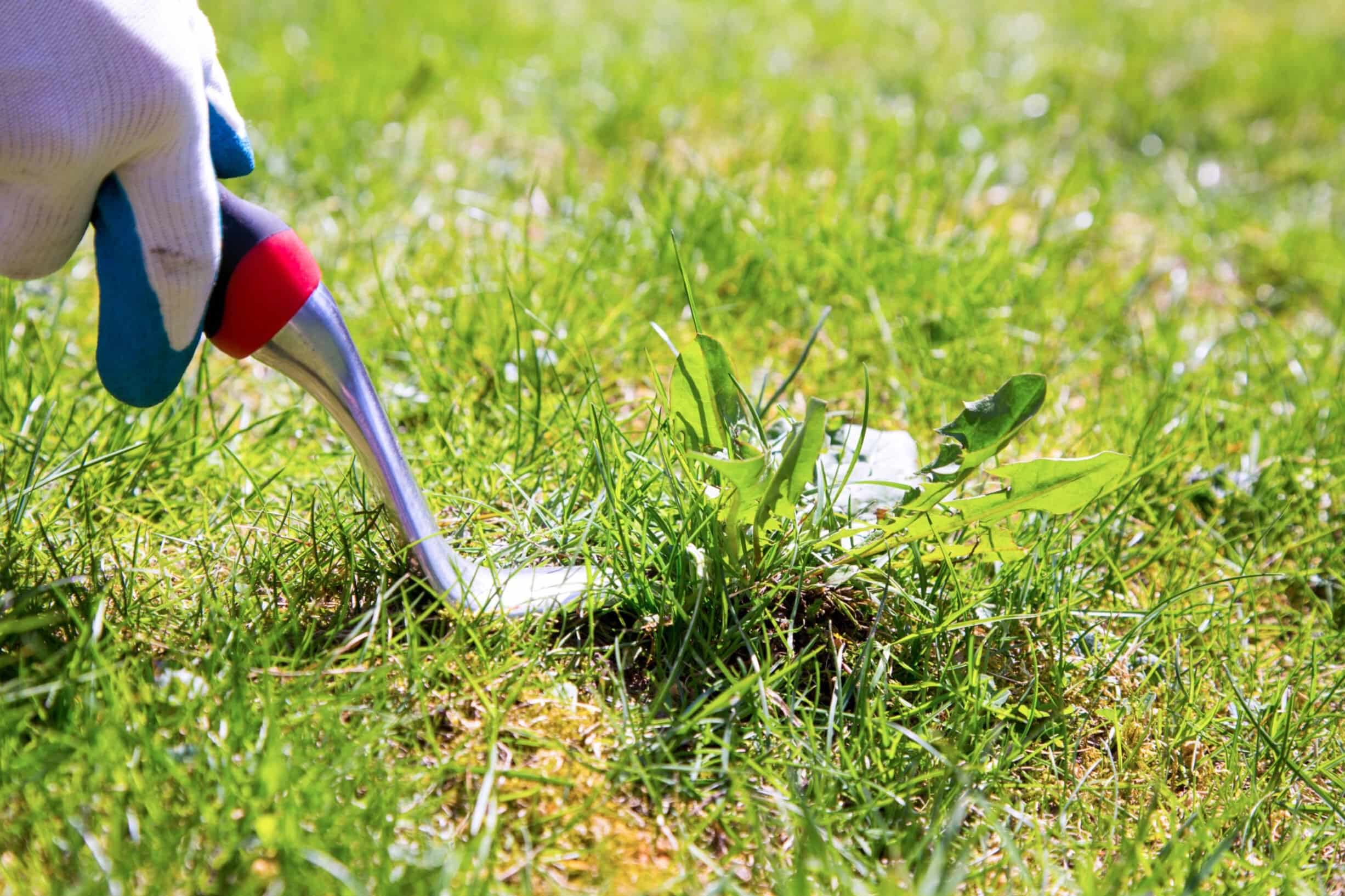
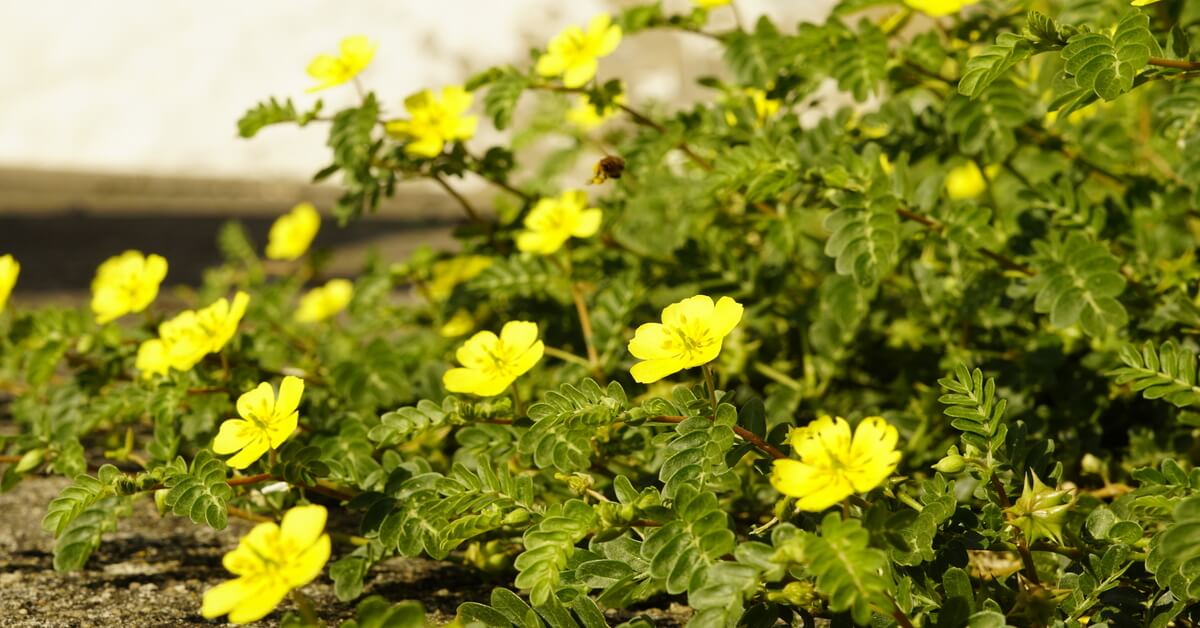
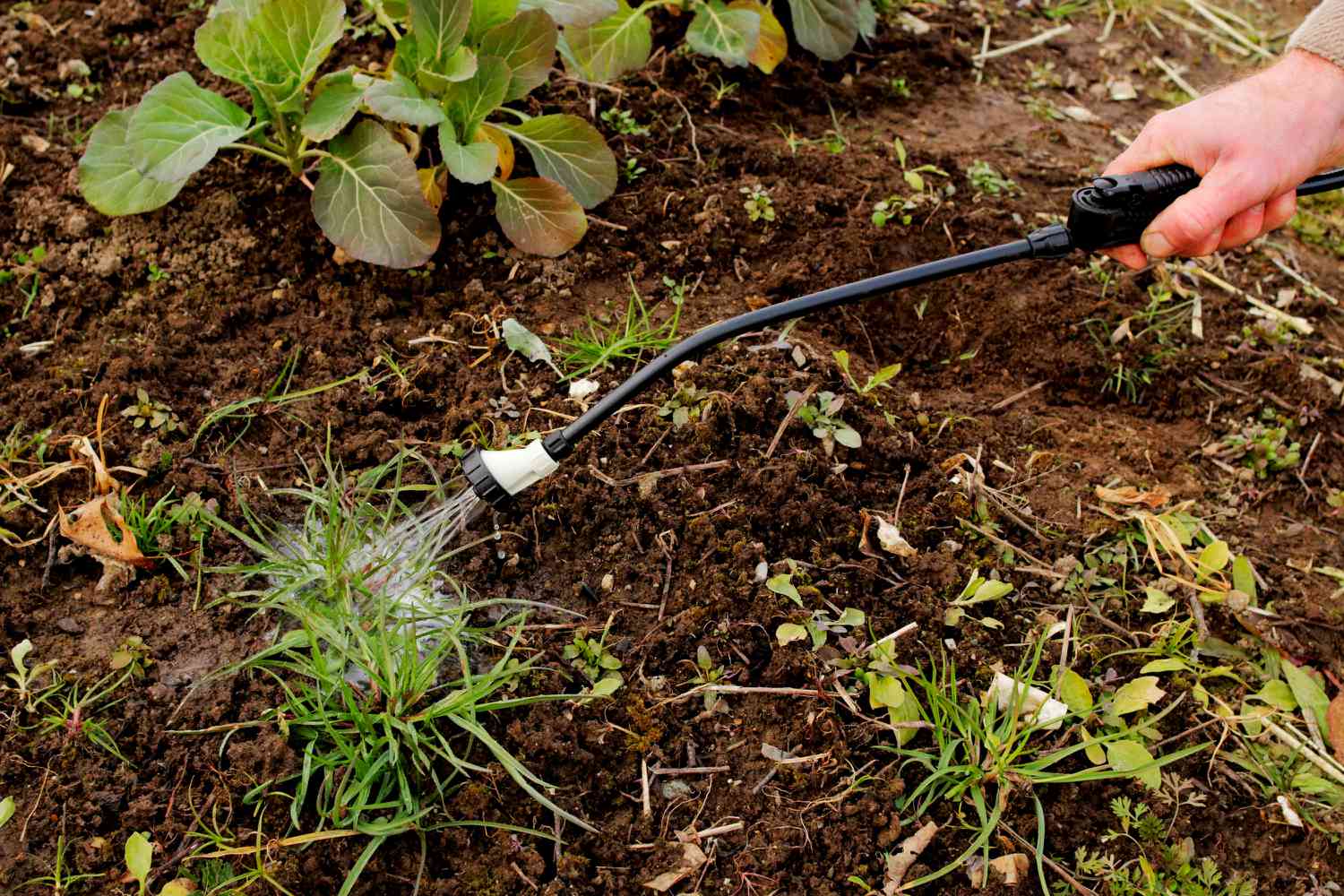
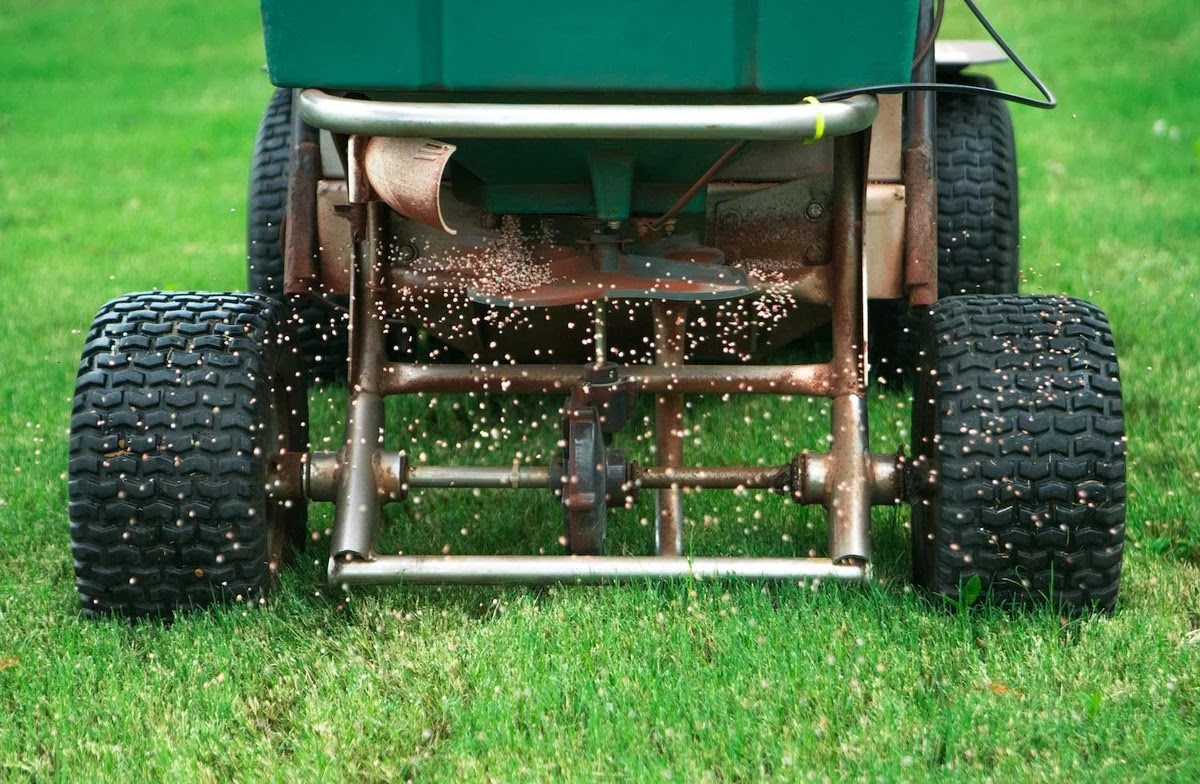
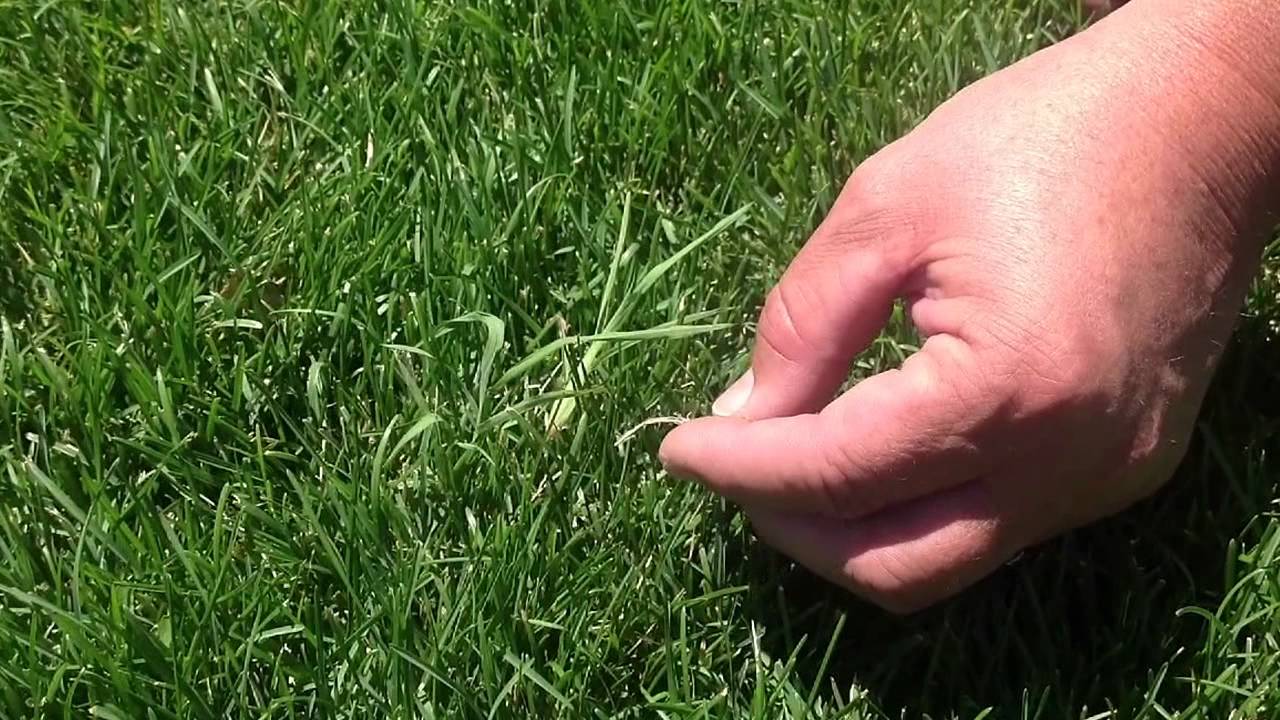
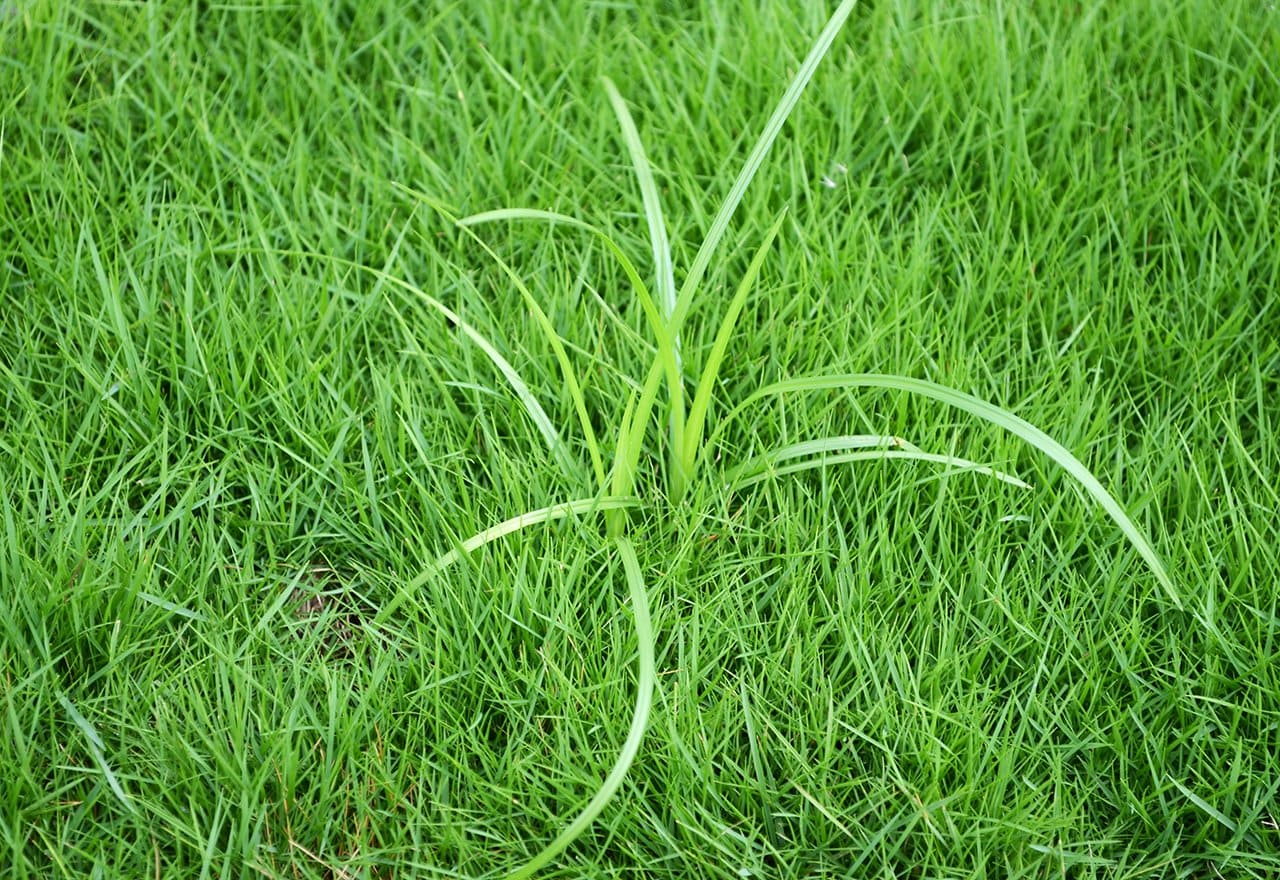
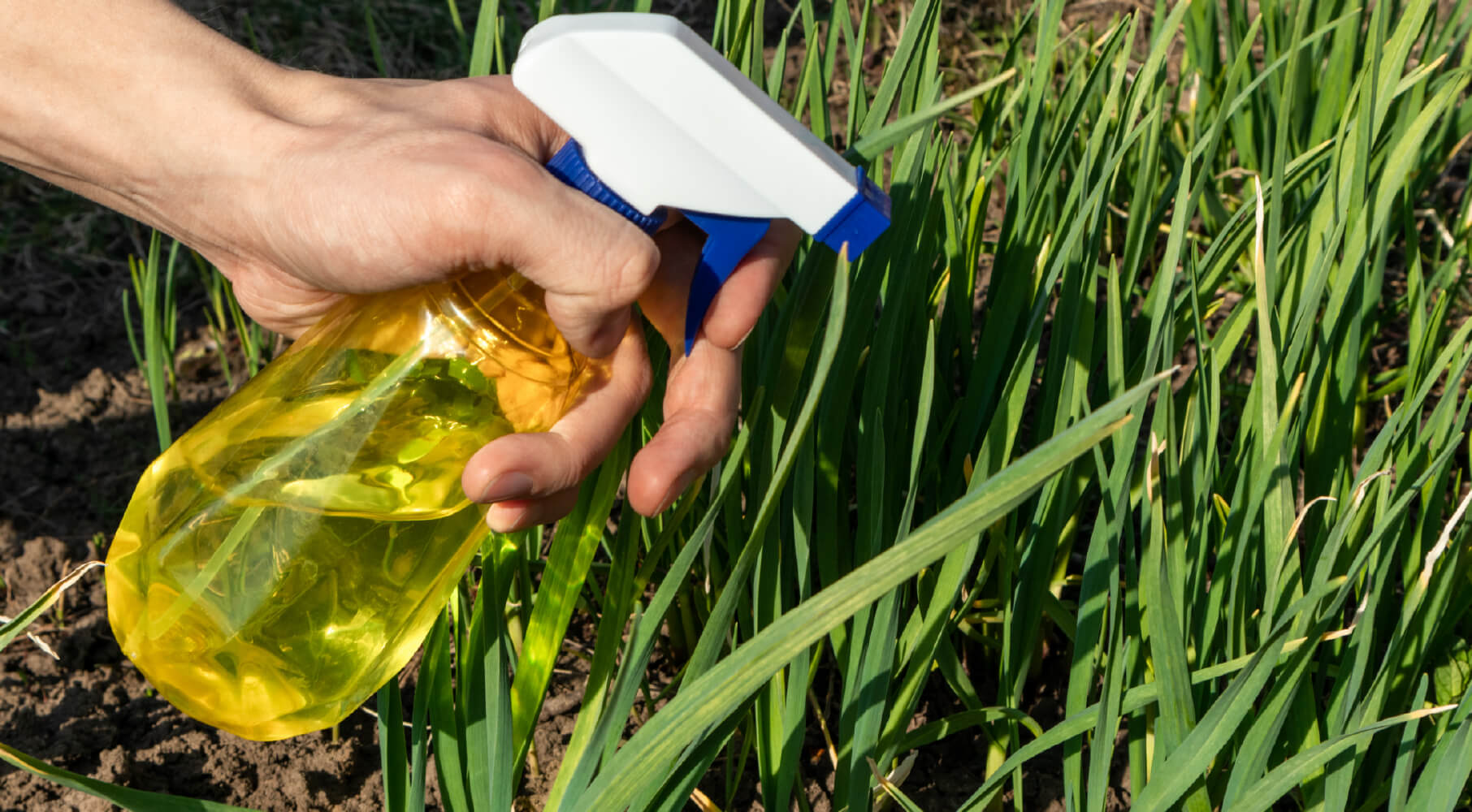
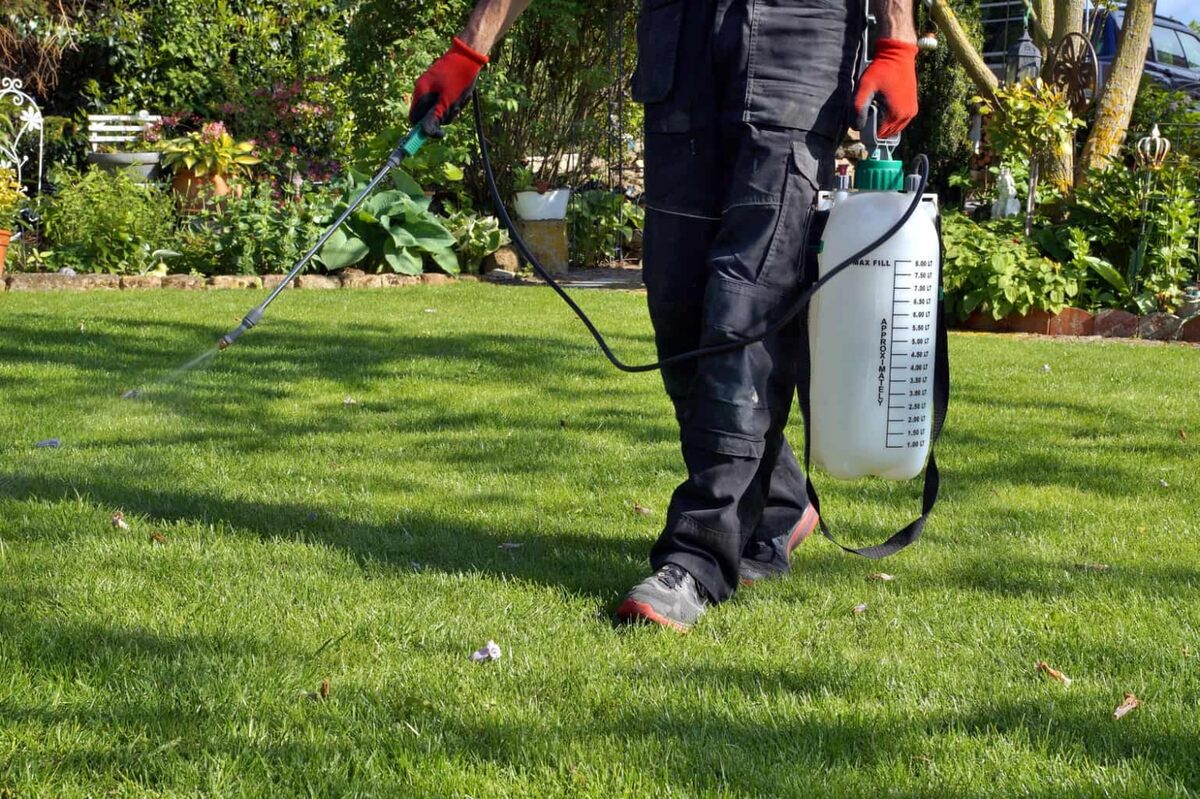
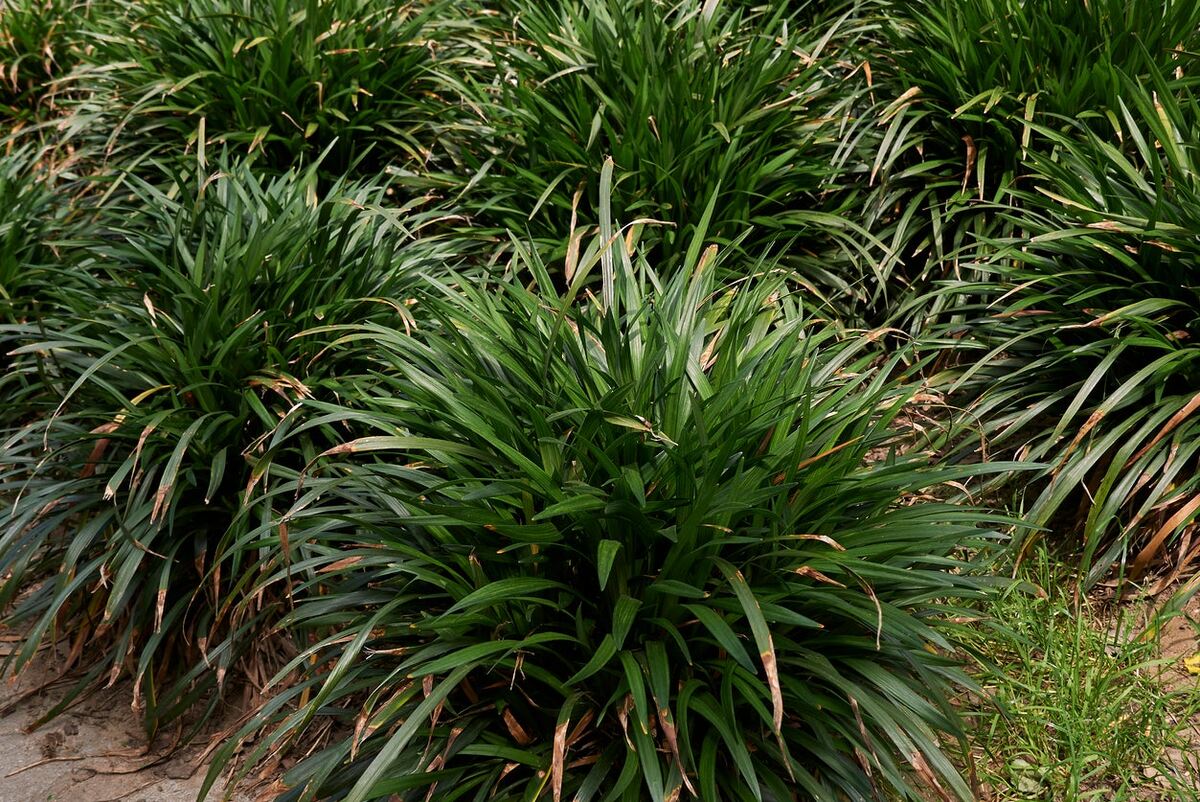
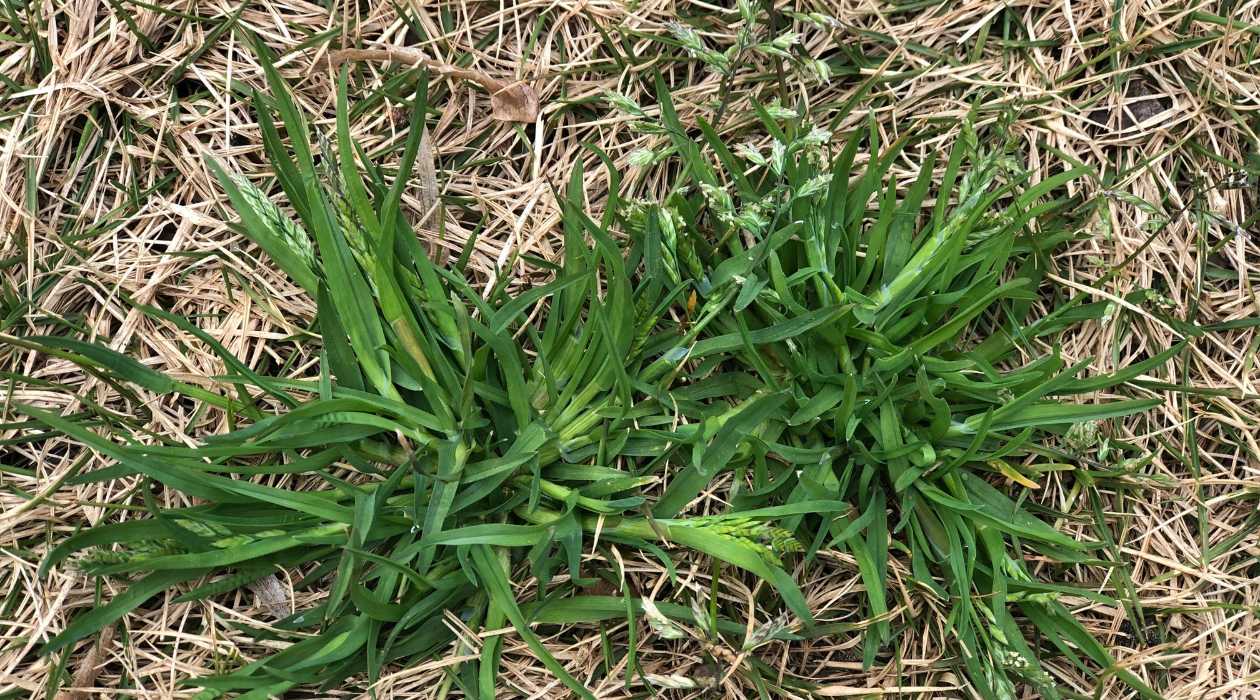
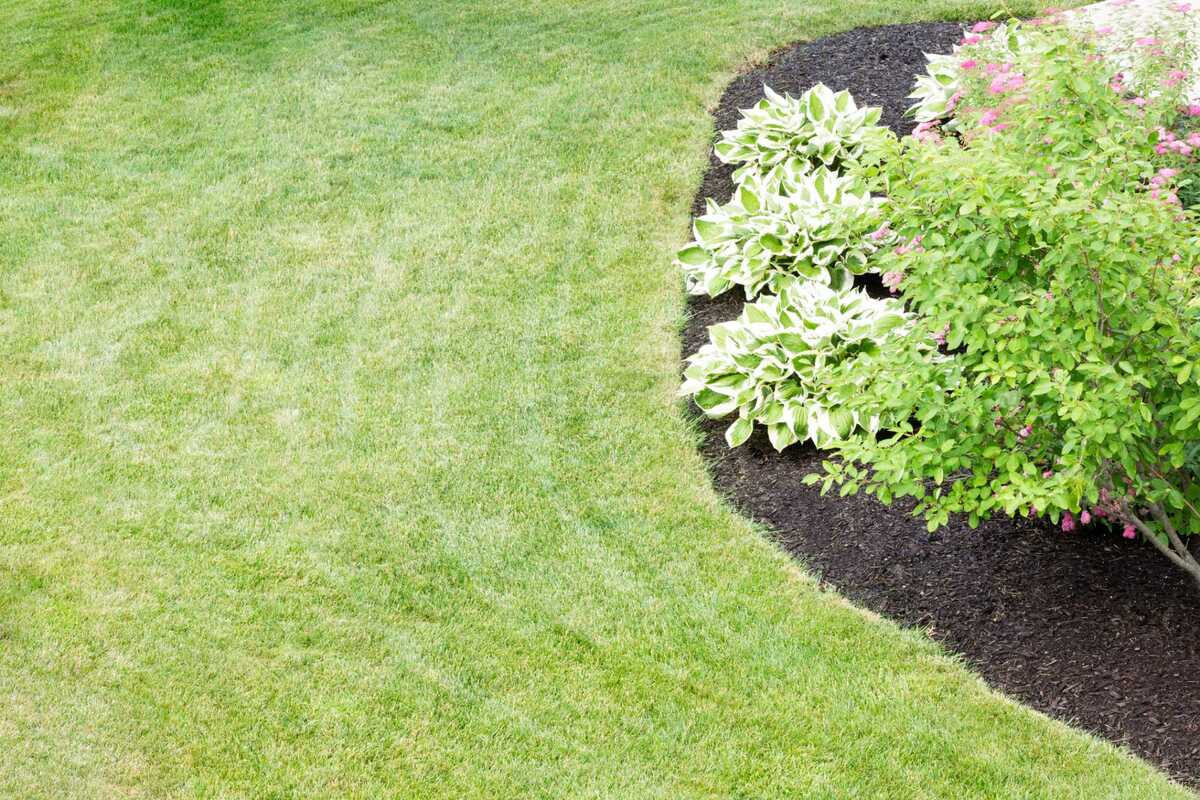
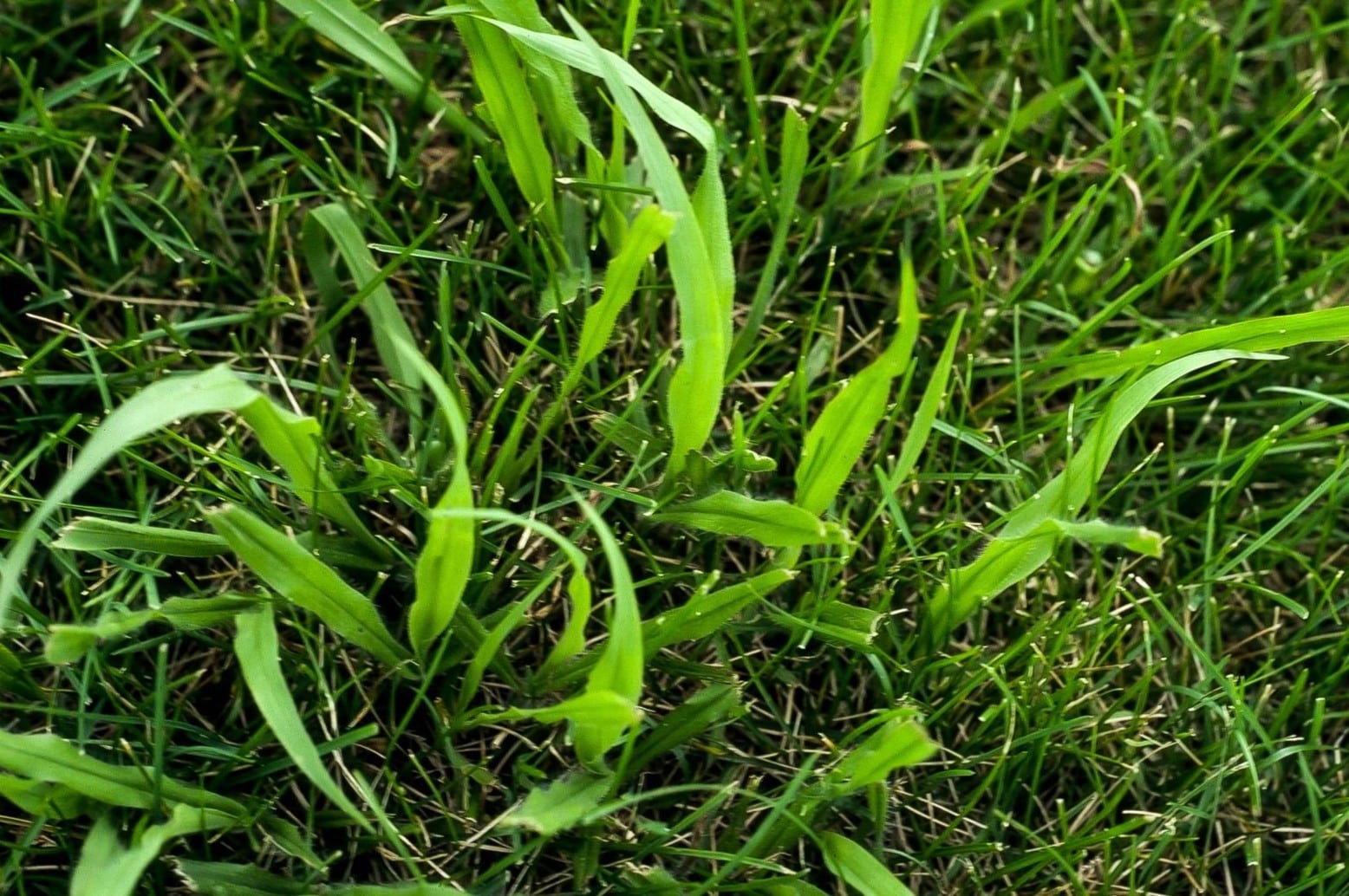

0 thoughts on “How To Kill Dandelions But Not Grass”